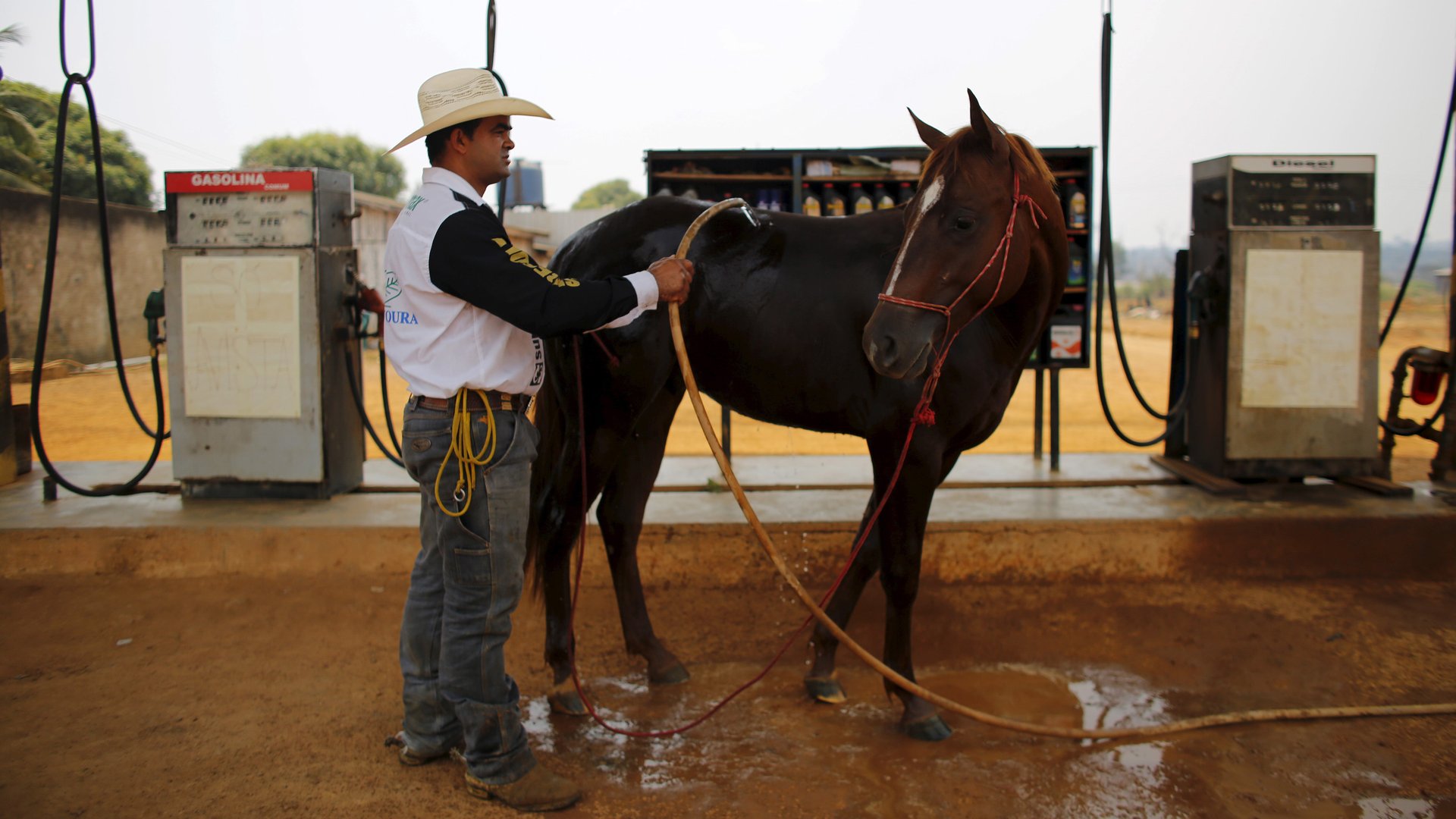Americans who complain about rising gas costs should get some perspective
“Life has to go on somehow,” a Chicago resident told the Financial Times as he complained that gasoline prices were creeping up. “American households are expected to spend on average $400 more this year on petrol,” continued the report.


“Life has to go on somehow,” a Chicago resident told the Financial Times as he complained that gasoline prices were creeping up. “American households are expected to spend on average $400 more this year on petrol,” continued the report.
Before you shed a tear, look at gasoline prices across the world. Americans pay the second-lowest price for gasoline among major world economies. (PS: We’re ignoring the fact that the average US household will receive $930 in tax cuts this year.)
In a free market, you could argue that the price of fuel is a reflection of supply and demand. The US, like Russia, is an energy-rich country, so its fuel prices ought to be low.
But markets are never completely free. The price at a petrol—or gasoline, in America—pump varies from country to country for many reasons: domestic oil production, national refinery capacity, subsidies, taxes, and so on. The US continues to spend billions in subsidies for oil exploration, which helps keep fuel costs artificially low.
Even if a country’s market is freer than others, it’s still not a true reflection of costs. That’s because most countries do not price in the social cost of carbon, a metric that economists have developed to estimate the harm caused by each ton of carbon dioxide added to the atmosphere. Norway, the world’s 15th biggest oil producer, has one of the world’s highest taxes on carbon, making its fuel price nearly three times that of the US.
But Americans like the fellow in Chicago are learning to adapt. The US may have no carbon tax, but as Jason Bordoff, a former official in the Obama administration who leads the Center on Global Energy Policy at Columbia University, puts it: “Ten years ago, White House economists looking at gross domestic product and job creation would be quite concerned if oil prices rose significantly. It’s a different world now.”